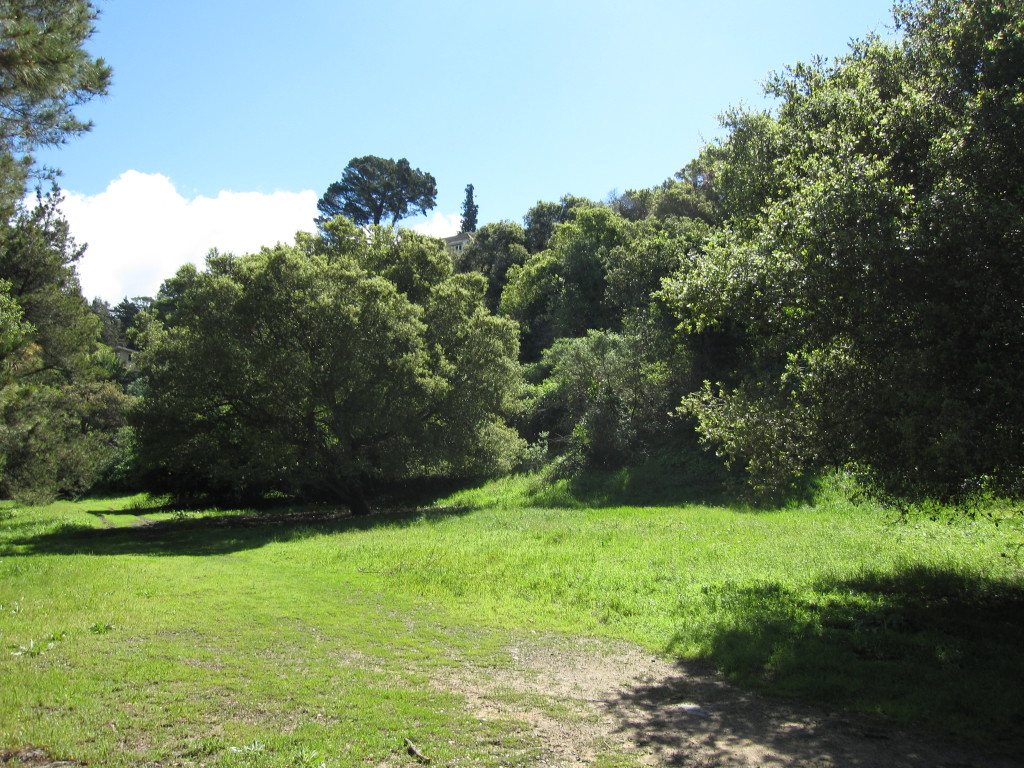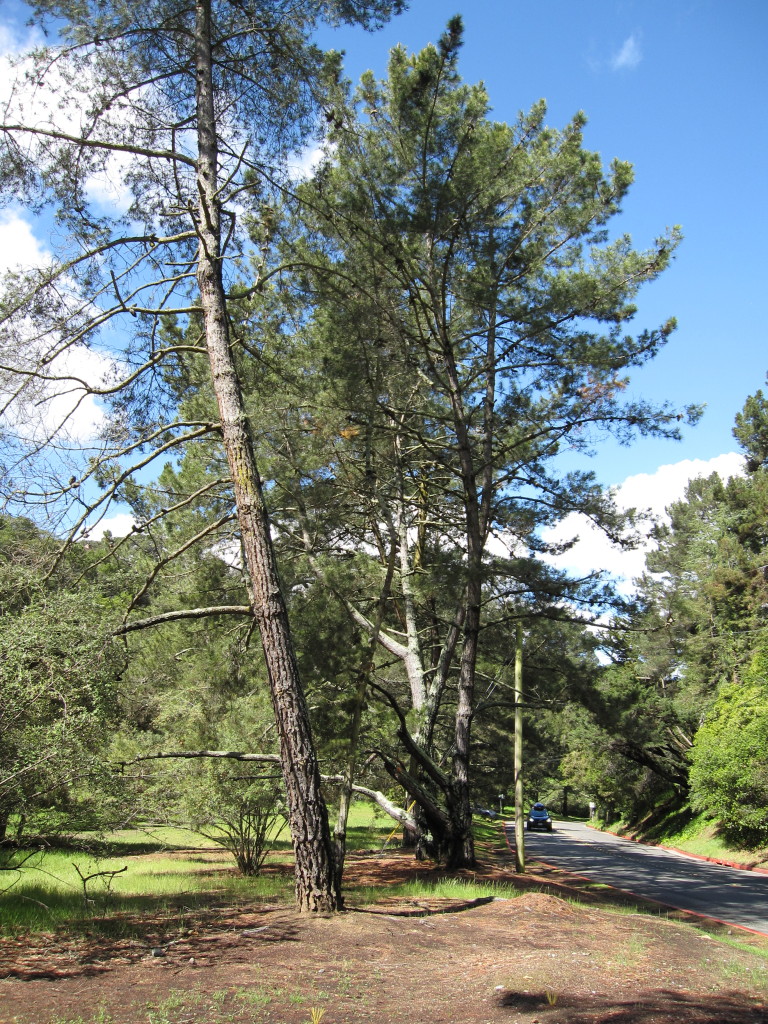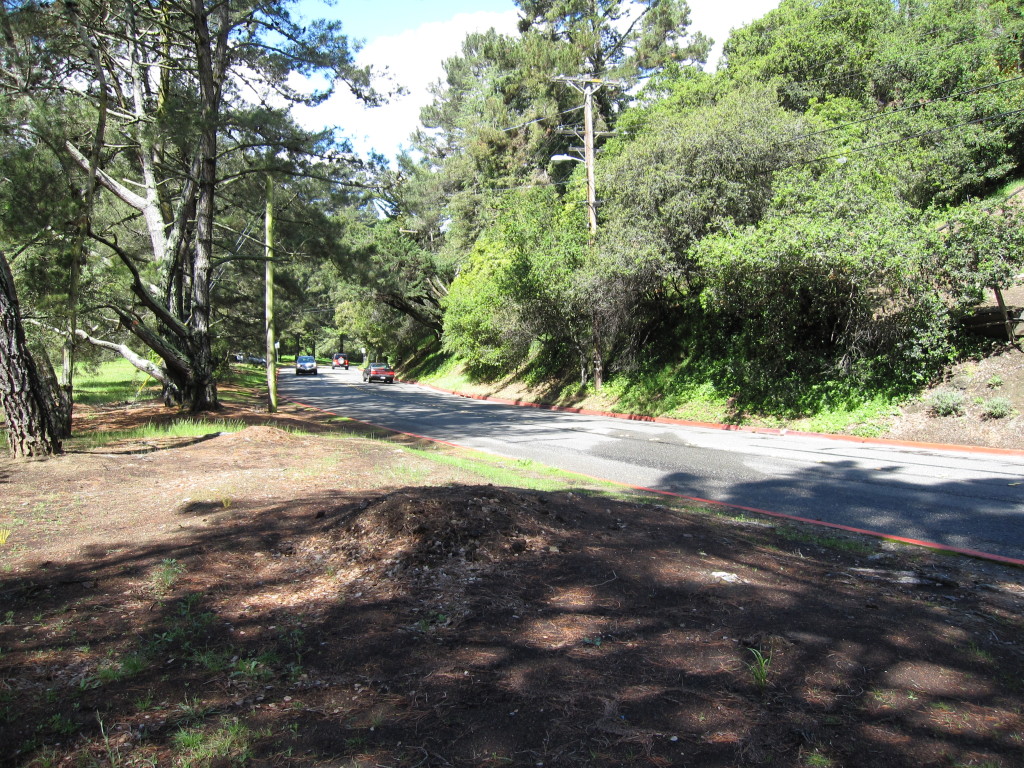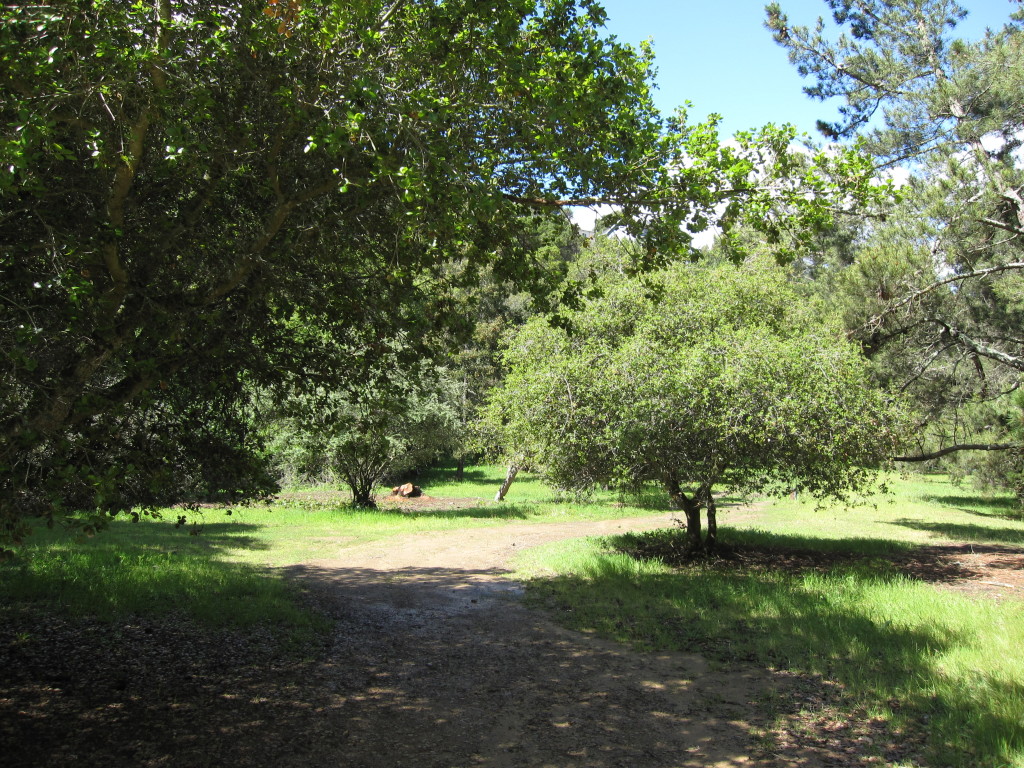Apr 23 2014
– 50 Year Partnership: Piedmont City Council and the Piedmont Beautification Foundation –
Every Piedmonter is familiar with the colorful Piedmont Beautification Foundation (PBF) brochures soliciting donations that typically arrive in the mail prior to Holiday Tree Lighting and in the Spring. But few residents know the history, purpose, partnership with the City Council or function of the Foundation.
Piedmont Resident and PBF Advisor Cameron Wolfe recalls that the Piedmont City Council and the Piedmont Garden Club jointly established the Foundation to raise funds for projects to “beautify” Piedmont. From its inception on May 21, 1964, the Foundation, originated by the Piedmont Garden Club, has worked closely with the Park Commission, City staff, and City Council.
One of the founding PBF members and a prime mover of multiple projects was Jean Brown Wolfe, Cameron Wolfe’s mother. During the 1970’s, she simultaneously served on the Park Commission and as President of both the Piedmont Beautification Foundation and the Piedmont Garden Club.
The Piedmont Garden Club continues to lead the Piedmont Beautification Foundation. The Piedmont Garden Club * is composed of approximately 65 active female members residing in or near Piedmont, who share an interest in gardening. Each member of the Garden Club is personally invited following a member’s proposal and membership review process. The names of members are private. The Piedmont Garden Club is part of a large, national organization, Garden Club of America.
The Foundation is composed of 8 voting trustees. Five are selected by and from the Garden Club membership and three trustees are selected and appointed by the Piedmont City Council. “Trustees from the City of Piedmont” have typically been Piedmont’s Mayor, Vice Mayor and Chair of the Park Commission. The current City Council appointed trustees are Mayor Margaret Fujioka, Vice Mayor Jeff Wieler and Park Commission Chair John Lenahan.
The Foundation’s officers are selected by and from the Garden Club. Currently the five PBF officers are: President Michelle Winchester, a past Garden Club President; Vice President Patty Siskind, a current Piedmont Park Commissioner; Treasurer, Susan Hill, a former Piedmont Mayor; Recording Secretary, Barbara Thompson; and Corresponding Secretary, Patty Reed.
In addition to the City Council and Garden Club appointed trustees, City staff members assist PBF as “City Advisors.” Currently, the City Advisors are Chester Nakahara, Public Works Director, Mark Feldkamp, Parks and Project Manager, and Dave Frankel, Public Works Superintendent. City staff members work with PBF representatives reviewing proposals, making project suggestions, overseeing project construction, and providing input at PBF meetings.
The Trustees and City Advisors along with numerous advisory members selected and invited by the Garden Club, primarily Garden Club members and/or their spouses, attend the PBF meetings. Advisors may make presentations and express their opinions, but may not vote. The advisors names can usually be found on PBF solicitation brochures.
The meetings of PBF are held “four times a year” in Piedmont homes. The meetings are not open to the public. PBF meeting minutes, financial records, and by laws are not publicly disseminated. The 2012 tax filing for PBF, as a non-profit organization, can be found on line. PBF’s mailing address is City Hall, 120 Vista Avenue, Piedmont, CA 94611. Unless withheld by the donor, donor names are released and published by various media outlets.
Having three PBF trustees appointed by the City Council (two Council members and the Chair of the Park Commission), a PBF representative on the Piedmont Capital Improvement Program Review Committee, and former trustees of PBF on the Park Commission has resulted in ready City Council approval of PBF proposals. Once approved by the Council, projects receive continuing staff support, funding, and maintenance.
PBF has long been the primary driver of Piedmont civic improvement projects. PBF initiates project ideas, provides seed money, partially funds projects and guides projects. Robert Leefeldt, a former advisor to PBF and husband of former Garden Club member Mary Tom Leefeldt, for decades piloted numerous PBF projects. Leefeldt’s projects included Community Center improvements and Civic Center landscaping, the first Dracena Park play structure, Excedra restoration, improvements in Crocker Park including the Bufano mother and cubs sculpture, the Cemetery Wall replanting, and many others. His active PBF participation often involved landscape architect Richard Julin in the projects.
Recently, the City Council approved the Eagle Scout bridge project in Dracena Park and the development of the Ramona and Ronada Avenues triangle, both partially funded through PBF.
At the April 7, 2014 meeting, the City Council applauded PBF.
“The Council agreed that the Beautification Foundation has been an integral partner with the City in beautifying all areas of the City over the last several decades, its banner hanging request is consistent with past practice and the City’s 1998 banner policy and the Foundation’s request is appropriate as a means of recognizing the exceptional legacy and importance of this beneficial community organization.”
Special PBF projects, trees, and benches can be designated to pay tribute to individuals. An endowment fund established to reserve funds for future City needs has reached $500,000 largely due to the support of matching funds provided by the Shapiro family in memory of Betty Shapiro, a past president of both the Piedmont Garden Club and Piedmont Beautification Foundation.
PBF trustees are active politically in ballot measures and civic decisions related to Piedmont. PBF and the Garden Club are recognized in Piedmont’s General Plan and on the City’s website.
“The Piedmont Beautification Foundation and Piedmont Garden Club also contribute to park maintenance and conduct regular fund-raisers for park and landscape beautification.”
Piedmonters can view the many PBF participation projects signified by signs placed at the sites.

Piedmont Beautification Foundation sign.
City Press Release ~~~~~~~~~~~~~~~~~~~~~~~~~~
City Recognizes Piedmont Beautification Foundation for 50 Years of Service
At the City Council meeting of Monday, April 21, 2014, Mayor Margaret Fujioka issued a proclamation recognizing the 50th Anniversary of the Piedmont Beautification Foundation and its contributions to beautifying Piedmont over the past half century.
“For the past 50 years, the Piedmont Beautification Foundation has greatly contributed to the enhancement of our parks, community facilities, and public spaces,” said Mayor Margaret Fujioka. “I look forward to working together on future civic projects in our city.”
The City and the Piedmont Beautification Foundation have partnered on many projects over the past 50 years, including the Piedmont Park Overlook and Steps, the Ramona/Ronada Triangle, the Tea House Deck, the Hall Fenway, and numerous others.
The proclamation declares April 27, 2014 as Piedmont Beautification Day in recognition of the Foundation’s service to the Piedmont Community.
Whereas, in May, 1964, eight far-sighted individuals, three representatives of the City of Piedmont and five representatives of the Piedmont Garden Club, came together to form an organization to be known as the Piedmont Beautification Foundation; and
Whereas, this non-profit corporation was formed exclusively for aesthetic, artistic, civic and charitable purposes; and
Whereas, the Foundation provides organization and leadership from among the residents of the City of Piedmont for the purpose of raising funds for planting, improving, beautifying and maintaining the parks, community facilities, schools and other future civic projects of the City of Piedmont; and
Whereas, for 50 years the City of Piedmont and the Piedmont Beautification Foundation have enjoyed a constructive public/private partnership that has benefited our residents and created beautiful gathering spaces that foster a strong sense of community; and
Whereas, the City thanks and congratulates the Foundation for 50 years of exemplary work for the benefit of the residents of Piedmont;
NOW, THEREFORE, I, Margaret Fujioka, Mayor of the City of Piedmont, in recognition of its service and dedication to the City, proclaim April 27, 2014 as Piedmont Beautification Foundation Day.
The PBF list of projects in Piedmont contains numerous and wide ranging projects.
The Foundation is celebrating its 50th anniversary April 27.
~~~~~~~~~~~ OPEN TO THE PUBLIC ~~~~~~~~~~~~
PARTY IN THE PARK WITH PBF!!!!!!!
Celebrate 50 years of community collaboration.
Sunday, April 27, 2014 ~ 11:00 AM – 4:00 PM
Piedmont Community Center in Piedmont Main Park
Refreshments, commemorative items, flower show, displays and music.
Contact the Piedmont Beautification Foundation, Send correspondence and donations to Piedmont City Hall, 120 Vista Avenue, Piedmont, CA 94611
*”B. Specific Purpose. The Piedmont Garden Club shall stimulate the knowledge and love of gardening, horticulture, flower arranging, and related photography; encourage and assist in community beautification; and protect and conserve our natural heritage.”







